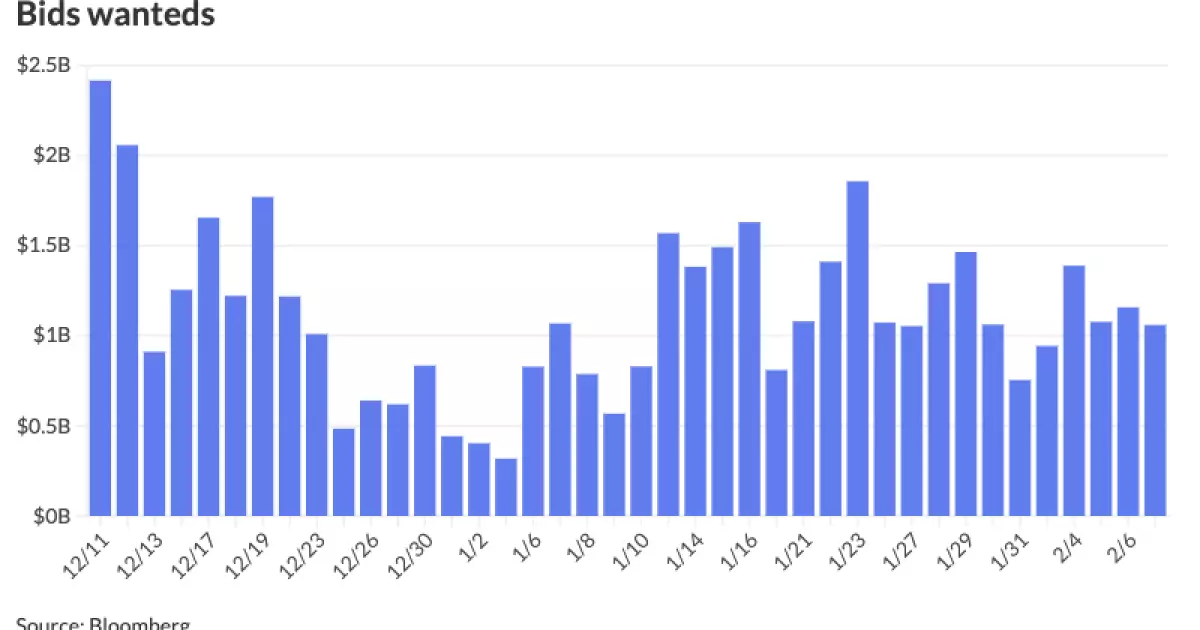The municipal bond market has demonstrated a remarkable degree of stability and resilience, particularly as it heads into January, buoyed by investor confidence despite recent economic fluctuations. As a critical sector of the fixed-income market, municipal bonds may offer insights into broader economic trends and investor sentiment, which this article aims to analyze.
On a recent Monday, the municipal market exhibited steadiness while U.S. Treasuries displayed a mixed performance, and equities posted gains. This steadiness in munis has been notable, especially as it follows a rough December, where munis suffered a decline of 1.46%. The initial weeks of January, adding a 0.43% gain, have turned investor focus toward recovery as municipal securities are recovering from previous losses. Jason Wong, a vice president specializing in municipals, highlighted these performance dynamics, suggesting the uptrend is indicative of increased investor belief in the market’s trajectory.
Daryl Clements, a municipal portfolio manager, remarked that the rally has allowed investors to overcome the negative return of the previous month, suggesting a turnaround in market sentiment. However, activity across real money accounts has been noted as limited, reflecting cautious behavior amid ongoing economic uncertainties. Investors have appeared hesitant, displaying reticence that can often characterize the onset of new market cycles.
As the week unfolded, however, the picture began to shift with encouraging signs of increased engagement in the municipal market. The consensus among strategists at Birch Creek emphasizes a strong influx of cash, suggesting a combination of seasoned reinvestment habits and the lifting of previous economic apprehensions served to motivate investors off the sidelines. The report highlighted a notable increase in transaction activity, evident through 26% growth in dealer sales and a 20% rise in bid wanted notices, confirmed by J.P. Morgan data.
Such shifts in investor behavior reflect broader trends in market dynamics. The current ratios between municipal bonds and U.S. Treasuries reveal that municipal bonds have outperformed, especially at the shorter end of the yield curve. For instance, the two- and five-year municipal bond yields are reported at 61% and 62%, respectively, relative to their Treasury counterparts, indicating growing demand for this debt instrument as a haven during turbulent economic times.
The reinvestment strategies adopted by many investors appear well-calibrated to hedge against risk, with considerable inflows directed toward municipal mutual funds particularly strong in long-duration strategies. The staggering $5.2 billion inflow in combined mutual funds and exchange-traded fund flows emphasizes this trend, as investors continue to seek avenues for both safety and yield amidst a landscape of perceived volatility.
Interestingly, while shorter-duration bonds are gaining traction, the long-end of the municipal bond market has attracted substantial investments, particularly as its relative value against U.S. Treasuries remains favorable. This demand trend reveals a growing tendency among investors to position themselves for a potential decline in rates in 2025, as anticipated by market analysts.
Current analysis of municipal yield curves utilizing data from MMD showcases little variation in key metrics such as the one-year yield and the 30-year yield. Staying unchanged reflects a certain degree of market equilibrium as expectations for future interest rates stabilize. Such unyielding metrics suggest that while the market may have dips and spikes, the underlying fundamentals contribute to a robust foundation.
Furthermore, upcoming bond issues from regions like New York City and Hawaii also illustrate ongoing trust in municipal financing, with billions set to be priced over the coming week. These forthcoming transactions bolster investor confidence and serve as a barometer of the municipality’s creditworthiness and the investor appetite for longer-term commitments.
The overall outlook for municipal bonds suggests a pivot towards optimism as we enter 2024. The sector’s response to economic pressures, characterized by solid reinvestment flows and a steady yield curve, underscores a potential shift in investor confidence. Perhaps more importantly, as the economic landscape continues to evolve, the municipal bond market will remain a critical focus for those seeking sustainability in the face of volatility.
However, investors should remain vigilant, closely monitoring both macroeconomic indicators and local fiscal policies that may affect the bond market. As historical trends suggest, municipal bonds may indeed offer a refuge in uncertain times—highlighting the delicate balance between risk, return, and the ever-changing economic narrative.

